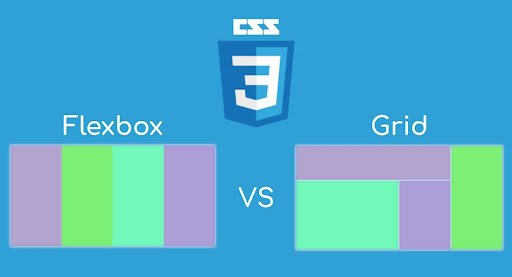This article will shine a light on ten common CSS mistakes found even among the seasoned practitioners, while providing advanced CSS-wise tips to help you program smarter, cleaner, and faster.
The intention is to say that when one looks at the surface, CSS can make an impression of simplicity; however, once underneath the skin, complex phenomena could trip the unwary, and could even hinder experienced developers. It is the small details, continuous learning, and an understanding of pitfalls that distinguish a CSS master from those who remain forever close, but not quite. Whether it is designing interfaces for global-oriented users or building a scalable design system, mastering CSS can be a painful undertaking.
1. Overusing !important Instead of Refactoring
Overuse of !important is simply refactoring. It may help in the short run, but excessive use of it creates maintainability problems and hard-to-trace style overrides.
Advanced CSS performance tip: Always check if you can use specificity control, CSS variables, or utility-first classes, before reaching for !important.
2. Misunderstanding CSS Specificity
Even experts need some refresher coaching on CSS specificity. This is particularly true in respect of combining inline styles, IDs, and very complex selectors, which leads to frustrating overrides and debugging nightmares.
Fix: Use Specificity Calculator and adhere to established naming conventions like BEM to apply selector weight consistently.
3. Ignoring Logical Properties
Instead of margin-left, padding-top, modern CSS uses the properties: margin-inline-start or padding-block-end.
Why it matters: They make your layout responsive to text directions (LTR/RTL), improving CSS access and readiness for localization.
4. Hardcoding Breakpoints in Responsive Design
They talked about how in developing their site, a lot of developers still use old values for media query breakpoints 768px or 1200px without thinking about content-first responsiveness.
Pro tip: Let there be no breakpoints associated with the devices. Use responsive design in CSS with fluid layouts, min/max widths, and emerging container queries.
5. Neglecting Accessibility Styling
CSS is more than visibility – it is functional. Failing to test for contrast, motion sensitivity, and visibility makes them closed to users.
Fix for CSS accessibility:
- Use high-contrast color palettes
- Adhere with prefers-reduced-motion
- Do not hide interactive content using display: none except when it is necessary
6. Using Flexbox or Grid Excessively for Simple Layouts
Yes, CSS Grid and Flexbox are great tools. However, not all boxes need to be made into a flex or grid. Overuse adds unwanted levels to the nesting and the complexity.
CSS layout problem alert: If you are using three nested grids to align two buttons: stop! Just use some padding and margin instead of display-block.
7. Using Inline Styles in Component-Based CSS Projects
Component libraries are booming — in React, Vue, or Svelte, yet many devs recycle the same old small set of inline styles that do not scale.
Better Approach for Component-based CSS:
- Use CSS Modules, SCSS, or Tailwind.
- Don’t use inline styles except for dynamic theming or quick prototypes.
8. Forgetting About FOUC (Flash of Unstyled Content)
FOUC stands for flash of an unstyled content that happens when the browser is rendering unstyled HTML ahead of the loading of CSS. It kills the UX, especially on slower networks.
Fix CSS performance issues:
Inline critical CSS, preload key styles, and optimize CSS delivery using tools such as PurgeCSS and webpack extract plugins.
9. Skipping CSS Resets or Using Outdated Ones
Because browsers have default styling, unless one pays attention to them, there might be inconsistent padding, margins, and font sizing on different devices.Browsers have default styles. Ignoring them leads to inconsistent padding, margins, and font sizing across devices.
Advanced CSS tip: Normalize.css should be used, or a custom reset developed to address any CSS layout issues as soon as possible, in conjunction with the design system.
10. Lack of CSS Modularization
Placing all styles in a single component called main.css is now history. It will definitely slow rendering down and make things even messier in debugging as the project progresses.
Modern CSS technique:
Use a modular file structure:
- /components/button.css
- /layout/grid.css
- /themes/dark.css
This is paramount for CSS for freelancers working on scalable maintainable user interfaces.
Bonus: Make Money with CSS
If you have perfected these advanced techniques, there are several ways to make money through your CSS skills:
- Selling web templates on ThemeForest or Creative Market;
- CSS audits as a freelancer, fixing layout bugs and performance issues;
- Teaching CSS courses on Udemy, Gumroad;
- Starting a YouTube channel sharing short CSS tips;
- Developing component libraries and monetizing them using GitHub Sponsors or Buy Me a Coffee.
Final Thoughts
Common CSS mistakes can trip up even the most senior of developers. The tricks to clean, maintainable, and optimized CSS are going ahead, modularity, and persistent questioning of old ways.
Modern CSS techniques are not only about perfecting code; these techniques must consider performance, accessibility, and the value of one’s existence as a front-end professional.









